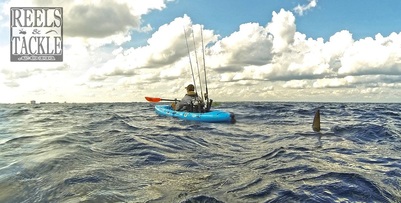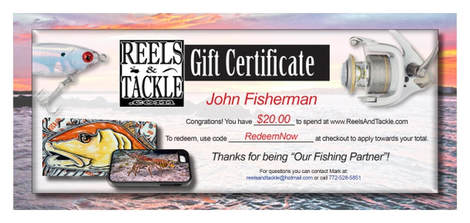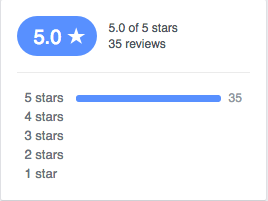Our plan was to find some clear water with a rocky bottom; these are areas that lobsters like to hide in, especially during the daytime for protection. I’m not the best at holding my breath underwater and my first decent to twenty feet once again proved it, only being able to look around for a moment and immediately turning around to resurface for air. After this first attempt, I turned my kayak around, paddled back to shore, and grabbed my scuba gear. After joining my crew again, I was able to enjoy at least 30 minutes of searching the ocean floor and enjoying the underworld, full of fish, coral, urchins and more, unhindered by the lack of oxygen. I was only able to spot a few lobster by following a reef line north before my tank started to deplete, but we found the best ground toward the end of our trip where the crew enjoyed diving and pulling up the biggest lobsters of the day.
Florida lobsters differ from Maine lobsters (my former home land) in a few ways. Florida lobster (aka rock or spiny lobster) are found in warmer waters and do not have two pronounced large edible claws as the Maine lobster do, instead, most of their meat is in the tail. Meat can be found on a Maine lobster in the claws, body, and tail. Since Florida lobster do not have the large claws, they use their spiny antennae as defense, as well as their tail. As far as the taste difference between the two, I’ll leave that up to you to see which you like more. For more information between the two, check out: http://www.culinarylore.com/dining:maine-lobster-rock-lobster-difference-red-lobster
Life Jacket – Have one strapped to your kayak for an easy grab in case conditions turn south or you need to put one on if you lose your breathe (in my case have a Charlie horse) on the water.
Lanyard with carabiner – Although your dry box may be secure, it can still grab a wave and float away like Wilson in the movie Castaway. I also secured items such as my GoPro and pole spear when going through breakers.
Goggles – A quality pair of goggles will make or break your trip. Seriously. When preparing for my day I had gathered all of my necessary dive equipment and put it near the door to load in my truck, except for my goggles (forgetting them near my pool from my last pool dive). Using a less quality, backup pair allowed water to seep in on every dive and the fogging was unrelenting, even with anti-fog gel, greatly limiting visibility and for bugs and/or surrounding. So as far as searching for lobster, this would be my top suggestion for a successful hunt.
Dive flag – Although this is a mandatory item when heading out in the water, it’s worth mentioning especially when you are in a kayak or craft that is less visible than a boat. We used weighted floating dive flags and simply dropped them in the scuppers of our kayaks. I also saw homemade flags extended on poles 6-8 feet above other kayaks on the water, helping them become more visible.
Anchor or long rope – Once you find your location you want to dive, deploy an anchor so you can be worry free of having to deal with another item attached to you. If an anchor is not available, a long rope can be tethered to you so that your craft can follow you and aid as a safety item along with your flag.
Gloves – A good pair of gloves is recommended. Instead of the orange gloves that normally come with lobster kits, upgrade and at least buy yourself a set of rubber gripped gloves, which offer a bit more protection that the orange ones, as spines and other sharp object will penetrate right through them.
I wanted to extend a special thanks to Mac for providing our kayaks and other necessities for the day. If you are ever in search of an adventurous time, please look him and his wife, Susan, up for an enjoyable, educational, and relaxing day on the water with their kayak excursion business, Florida Eco-Adventures.
Mark is a competitive kayak tournament fisherman and loves sharing what he’s learned about kayak fishing. To reach him, feel free to e-mail him on his contact page.

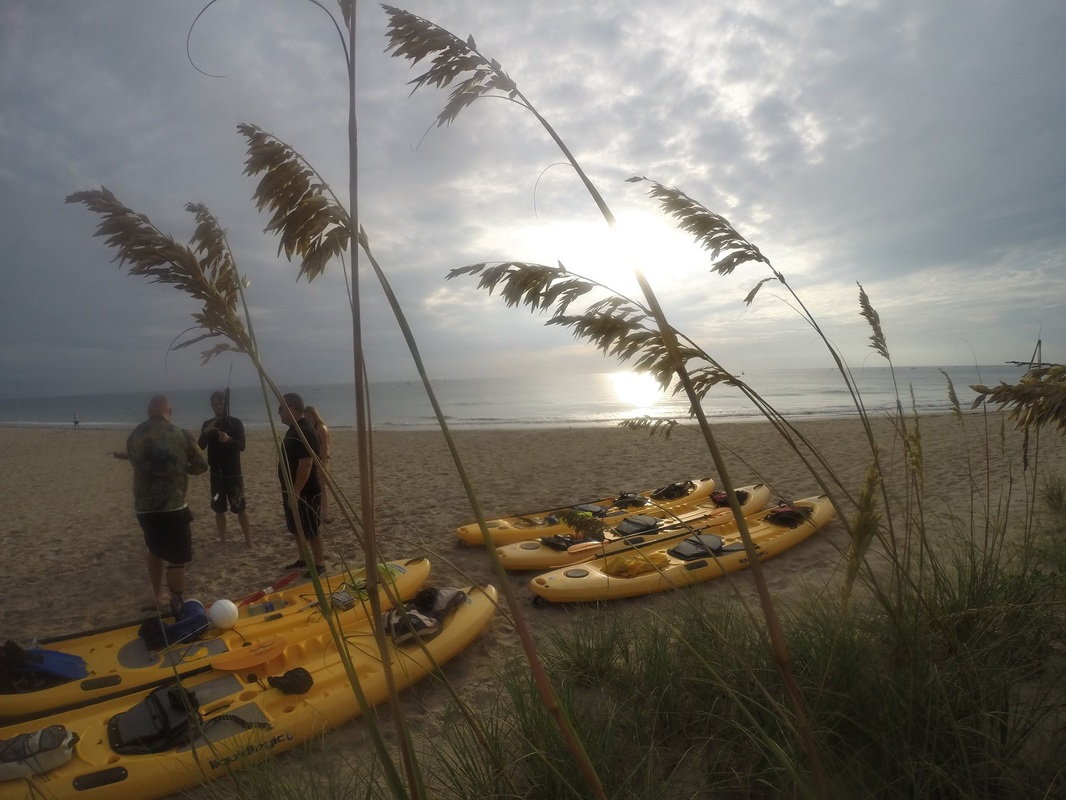




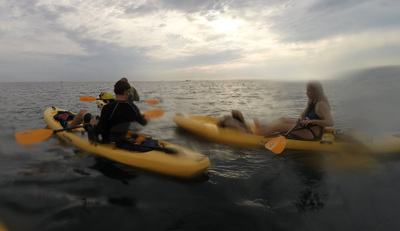

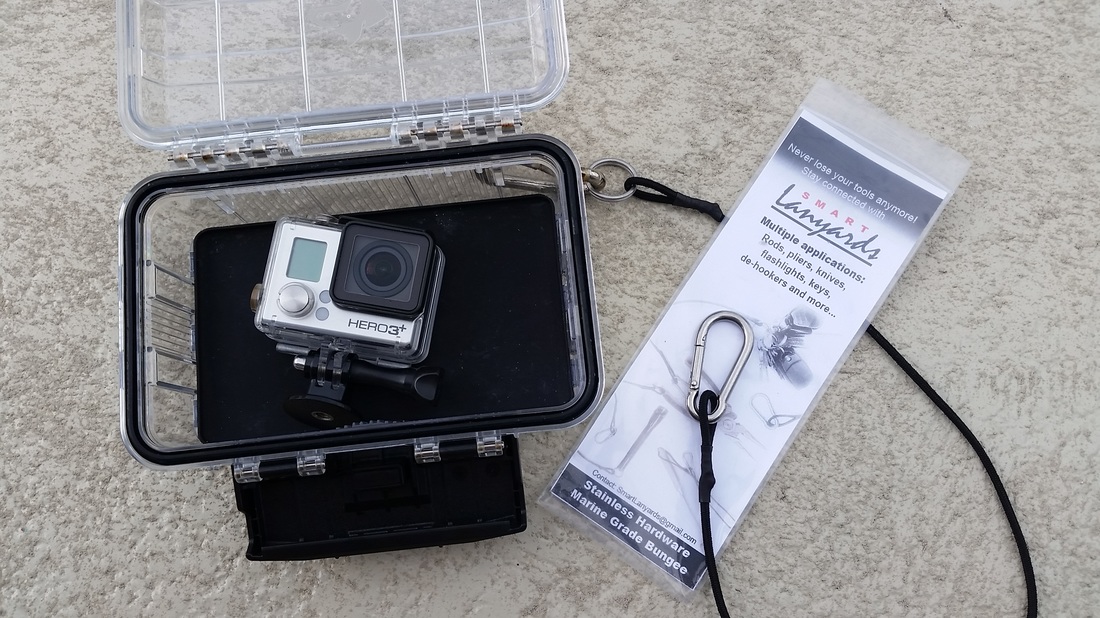




 RSS Feed
RSS Feed

